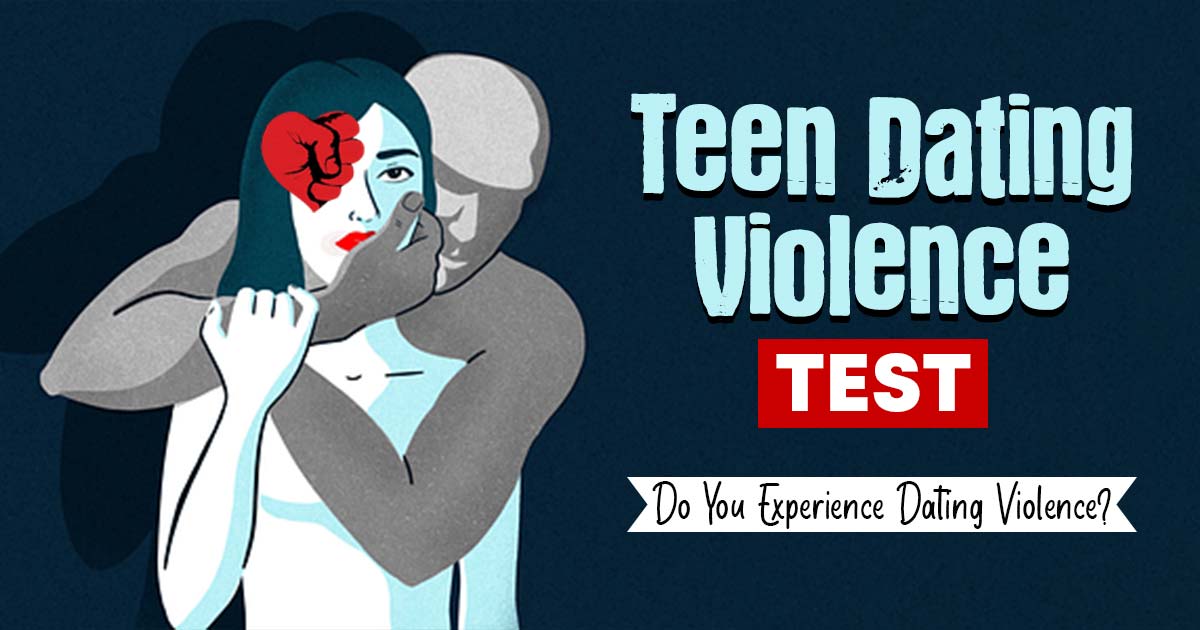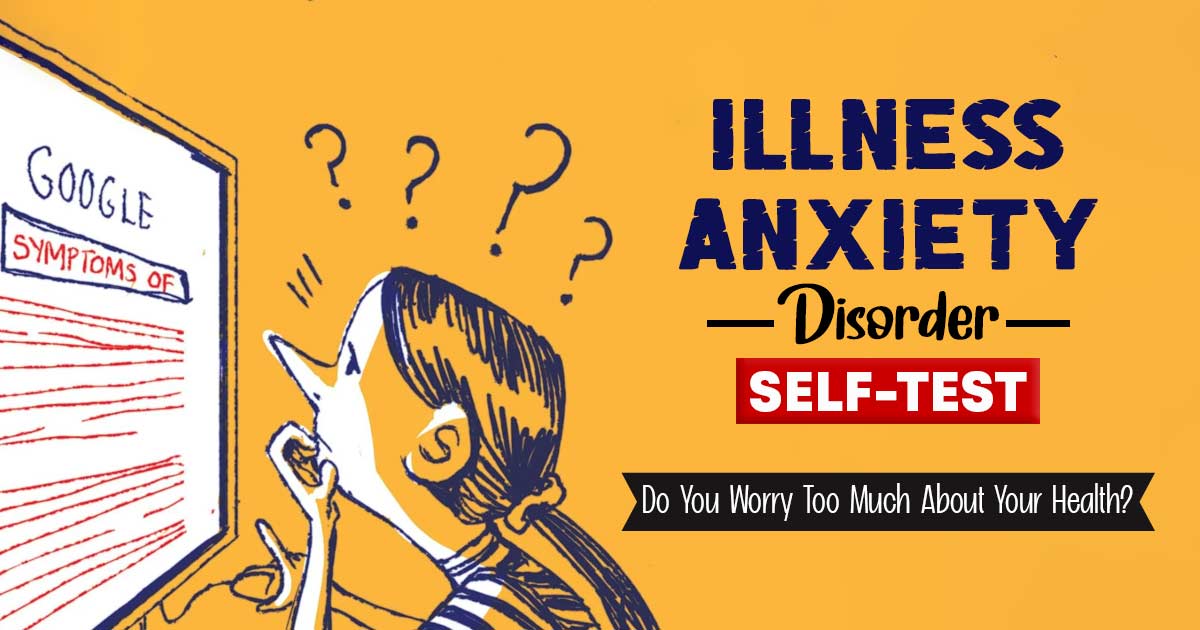Have you been criticized in public by a loved one? Do they try to control your life? Have you been subjected to hurtful language or had your efforts ignored? If you can relate to any of these situations, you may want to consider taking this free emotional abuse test to determine if you have experienced emotional abuse.
What Is Emotional Abuse?
Emotional abuse is a form of abuse/psychological harassment that encompasses verbal and non-verbal acts that inflict emotional distress, humiliation, or manipulation on another person.
Although it may be difficult to recognize and prove, emotional abuse can be just as detrimental as physical abuse. It’s crucial to acknowledge that the victim is not to blame for emotional abuse. The abuser is entirely accountable for their actions and the harm they cause.
Emotional abuse can manifest in various ways, such as demeaning, insulting, isolating, exerting control, and exploiting one’s emotions to achieve personal gain. It is not limited to romantic relationships but can transpire in any type of bond, including family ties and friendships.
Victims of emotional abuse often feel:
- Trapped, powerless
- Unable to leave the abusive relationship
- Low self-esteem
- Anxiety
- Depression
- Suicidal thoughts
Instructions For Taking Online Emotional Abuse Test
Below is a list of statements that relates to an individual’s experience of emotional abuse. Please read each statement carefully and rate the extent to which these are relevant to you.
Please note: This test is a self-assessment.










